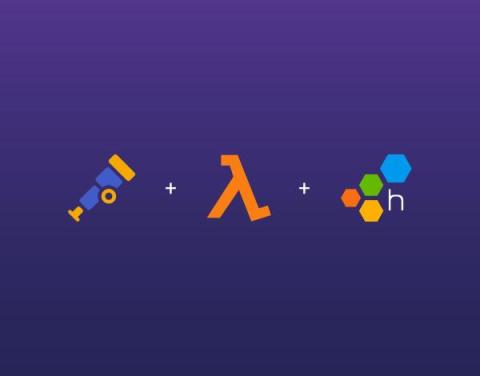How We Build Serverless AI with Civo and Deep Green with Matt Butcher & Chris Matteson
Join Matt Butcher and Chris Matteson from @fermyontech as hey explore how serverless AI is built using Civo and Deep Green. They discuss optimizing GPU usage, the advantages of WebAssembly, and demonstrate a practical application for sentiment analysis. Discover how Deep Green's sustainable technology is making a difference in AI performance and efficiency.










